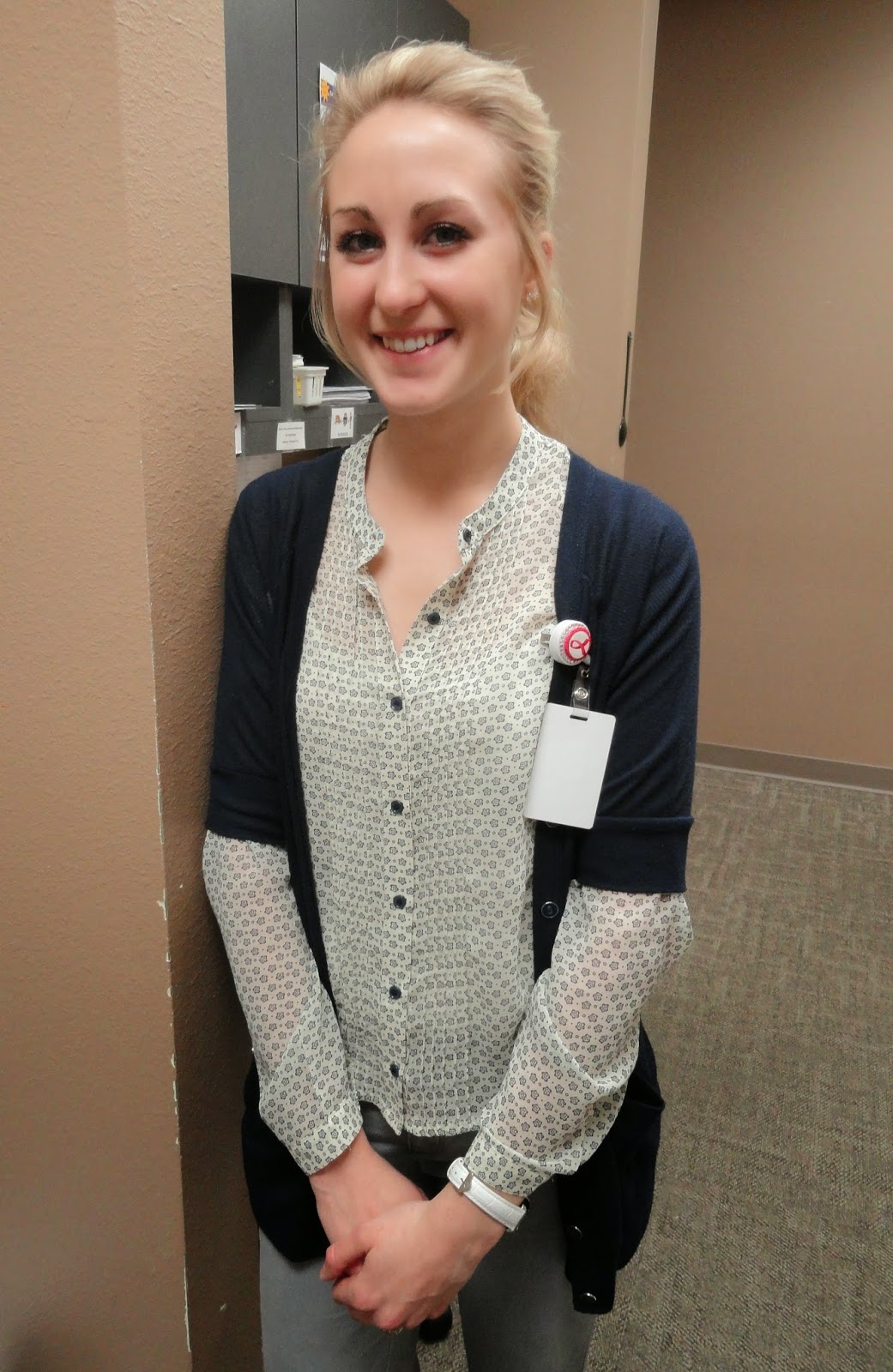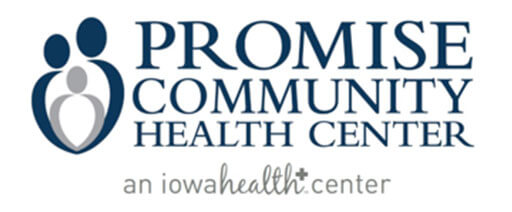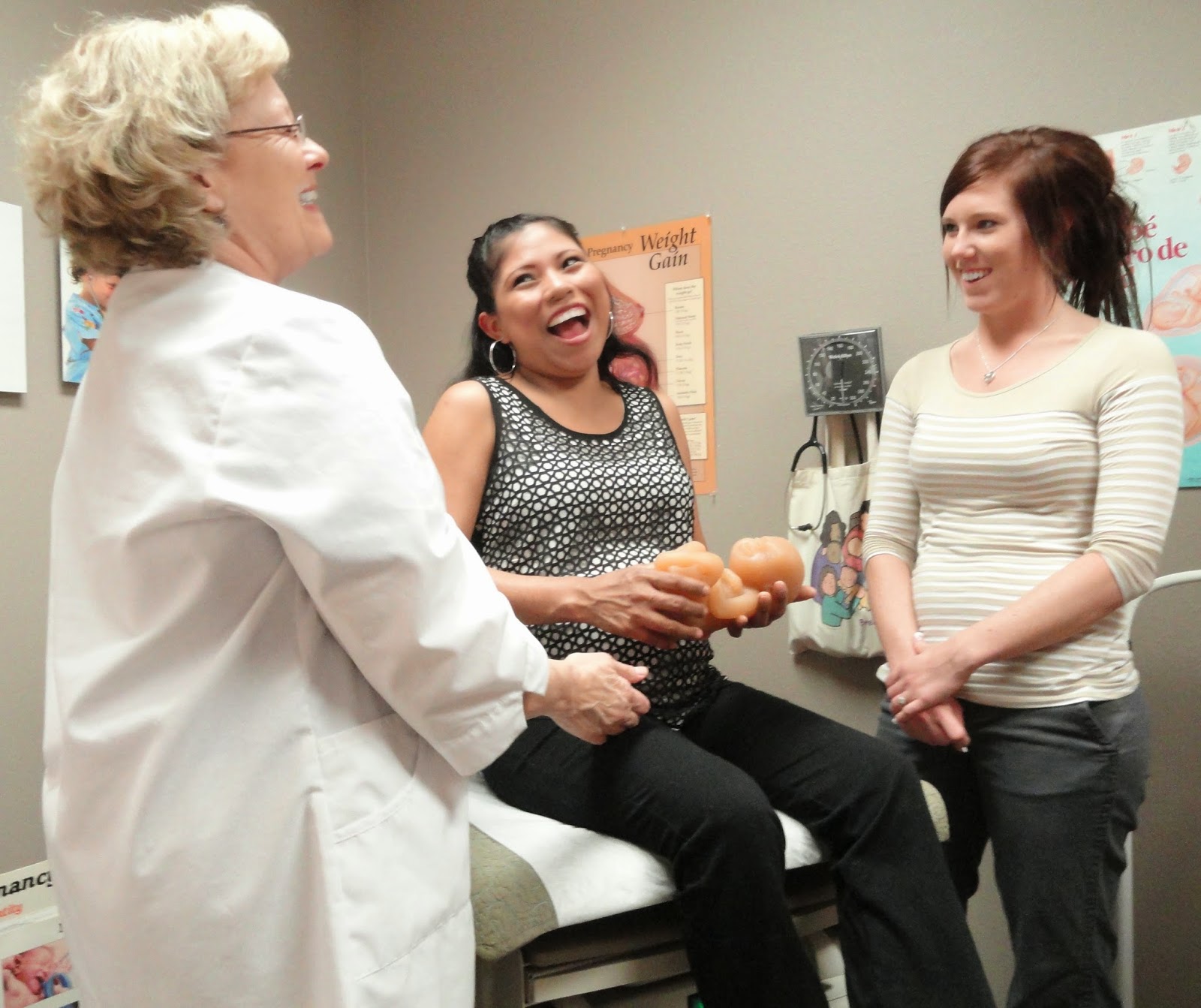15 Apr
by Derrick Vander Waal
SIOUX CENTER – Students can converse in Spanish in the classroom, but applying it in a real-world setting takes it to another level.
SIOUX CENTER – Students can converse in Spanish in the classroom, but applying it in a real-world setting takes it to another level.
Five nursing students in a new Spanish medical terminology course at Dordt College in Sioux Center have had that opportunity this semester at Promise Community Health Center in Sioux Center.
Seniors Alexa Altena, Rachelle Marcus, Jess Ter Haar, Rachel VanKempen and Hanna Wagenaar each spent 12 hours at Promise. That time was split into three, four-hour clinical experiences where they worked directly with trained interpreters in the outreach office, family practice medical team and prenatal team.
Wagenaar – who took four years of Spanish in high school and was able to squeeze in one other Spanish class into her packed college nursing course load before this class – said the opportunity at Promise was a valuable way to expand and apply her Spanish knowledge. During her visits, she would try to understand what the patients were saying and interpret it back mentally before the interpreter would do so.
“In class, you work on it with students, but you’re not necessarily working on it one-on-one with someone who is fluent,” she said. “So having that fluent interpreter right there to be able to ask, ‘How would you say this in this tense?’ or ‘How would you change it?’ because not everything is interpreted exactly from English to Spanish is helpful. Just even the little mannerisms of how they would change things are really helpful.”
.jpg) |
| Hanna Wagenaar was one of five Dordt College students to participate recently in a medical interpreting clinical experience at Promise. |
Amy Van Beek, instructor of nursing and clinical outreach coordinator at Dordt, said she saw a need for increased Spanish exposure in the nursing program, and Spanish professor Rikki Heldt was working on options to increase Spanish exposure to nursing students. The Spanish medical terminology class was created to fill the need.
Nine students are taking the class taught by Heldt, but Van Beek arranged for and added the clinical experience for the five students who are nursing majors. The time that they are spending at Promise applies to the clinical hours that they need this semester in a community health setting.
The students made the clinical visits between Feb. 11-April 15.
VanKempen decided to take the class because it would help her reach out to a population that she didn’t see much where she grew up in Grand Rapids, MI. While working at Hegg Memorial Health Center Avera in Rock Valley, patients came into the emergency room that she couldn’t communicate with well, so that was intimidating.
Therefore, the experience at Promise has been beneficial for her.
“I’ve definitely picked up vocabulary words, but what I think I’ve learned is you don’t have to be able to understand every single thing that they’re saying in order to help treat them or help understand what they’re trying to communicate,” VanKempen said. “It’s definitely been challenging. It’s definitely forced me to work on, A, my communication techniques, and, B, my Spanish.”
Van Beek said the clinical experience went beyond just learning and applying Spanish for the students.
“I think the biggest takeaway students received was the vast difference in populations here in Sioux County and how Promise is meeting this vital need,” she said. “While this experience reinforced and strengthened their Spanish skills, it also gave students insight into a different culture and how to accommodate and work with a population that is different than they have experienced previously.”
The students expressed similar sentiments.
“I believe it is very important to be as competent as possible to be well-rounded nurses, and this was an opportunity to expand that knowledge,” Ter Haar said. “Part of that competency is being culturally oriented and willing to learn about cultures different from our own in order to better serve the patient community.”
Altema thinks more clinical hours should be scheduled at Promise in the future.
“I often times think Promise Community gets overlooked because of the new clinic we have here in Sioux Center, but it really is a crucial aspect to our community and is very much needed here in our area,” she said. “They provide services for people all around northwest Iowa and go above and beyond to provide transportation, etc., so their patients receive the best possible care.”
Van Beek hopes to offer the opportunity again to students.
“The response from students has been overwhelmingly positive,” she said. “Students are able to apply the terminology in a clinical setting and see the benefits of communication with Spanish-speaking patients. It’s a winning situation when you are able to learn in a classroom setting and apply it directly to practice. There is no greater reward.”
Promise Community Health Center, headquartered in Sioux Center, is the only Federally Qualified Health Center in the far northwest corner of Iowa. To learn more, visit www.promisechc.org.


%2BDSC01473%2B(c).jpg)